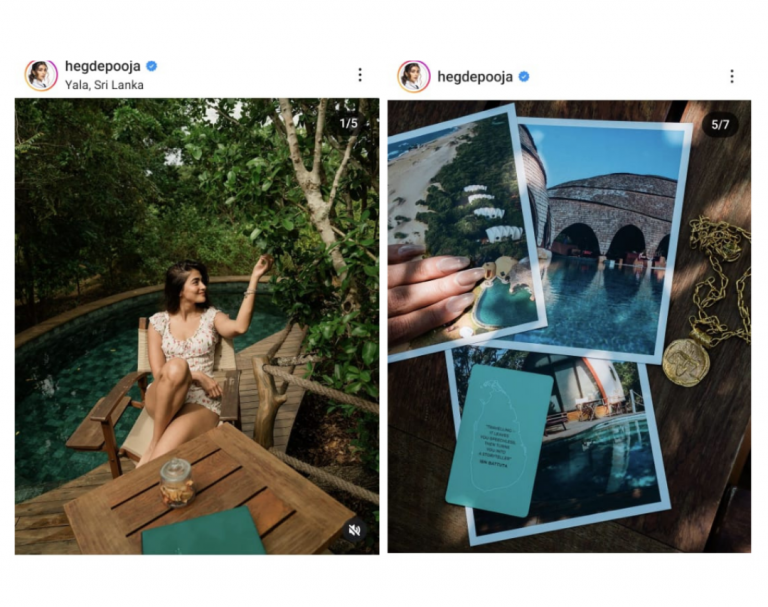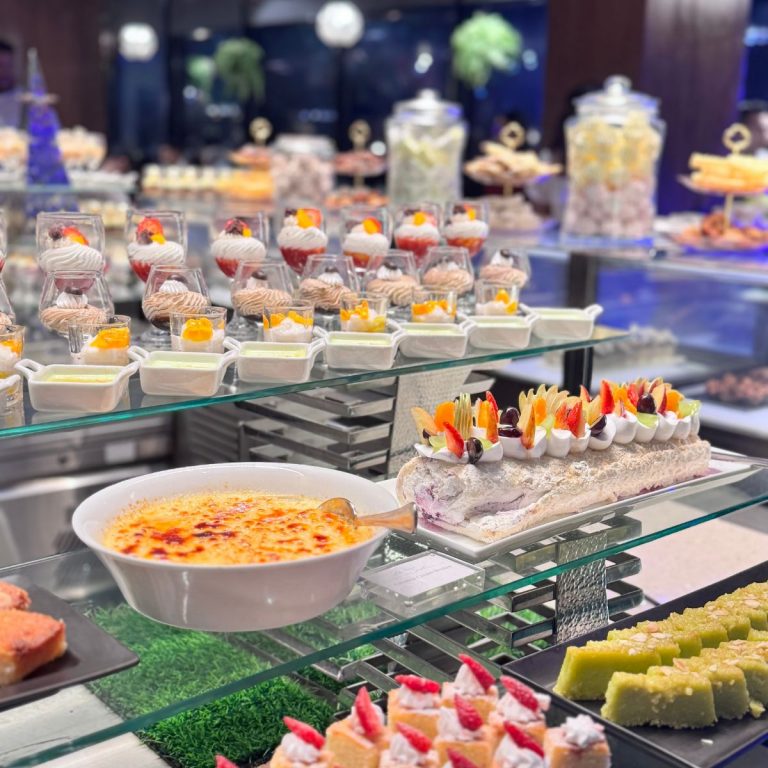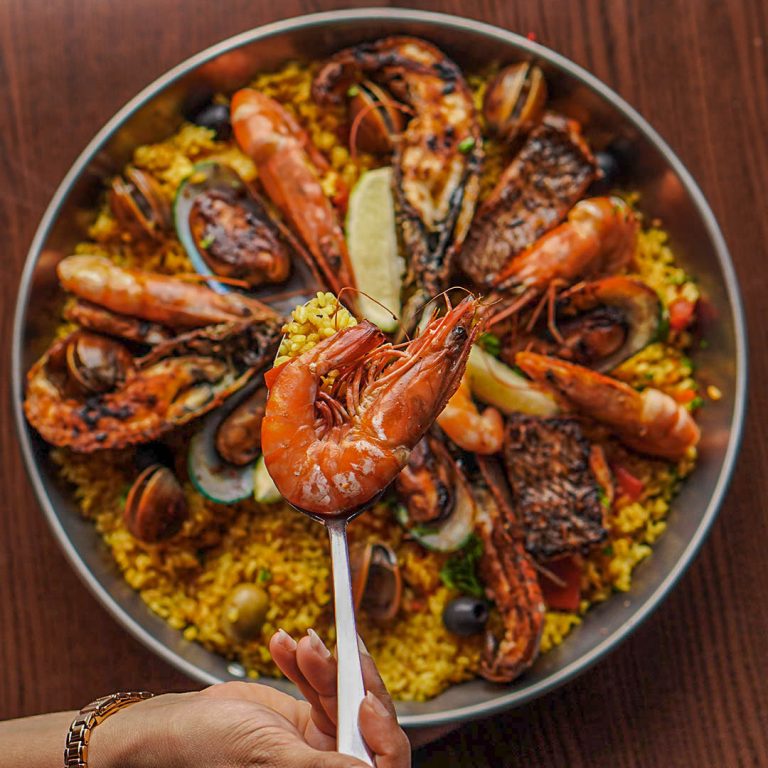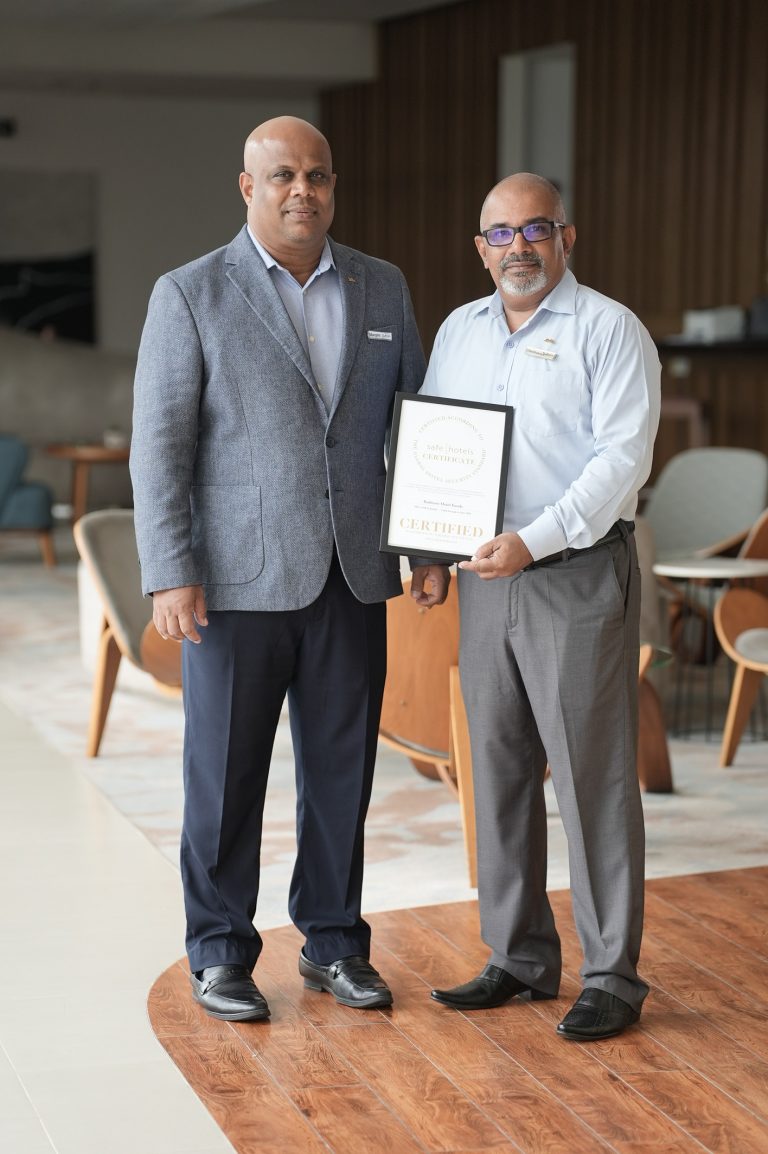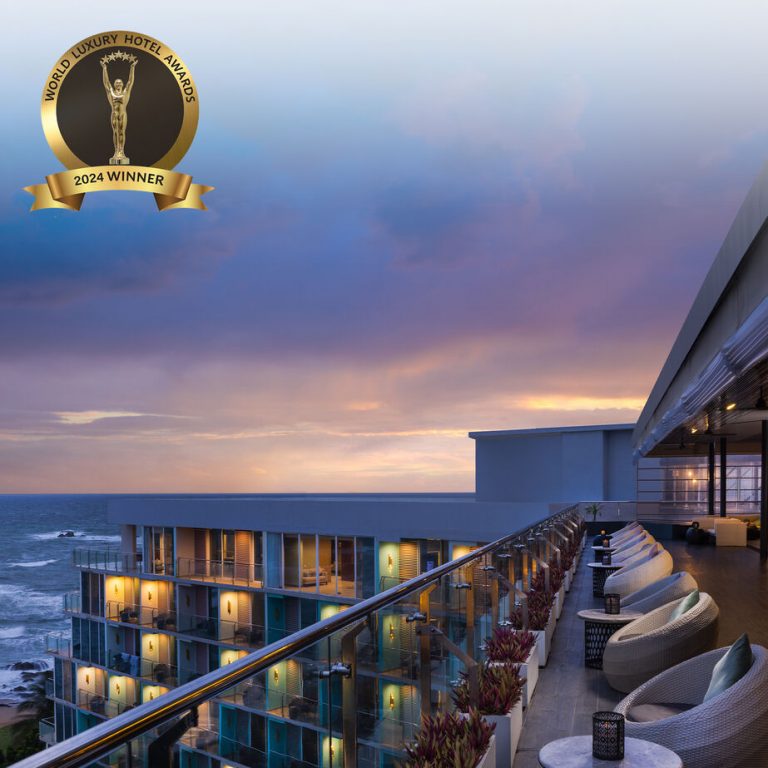We know this isn't something you've ever thought of doing, but frog watching is a pretty great experience. You prowl around plants and bushes in the dark, trying to check off teensy frogs and spotty toads on your list as you try identifying them through the squiggles on their backs and the shapes of their snouts.
What it's about
It's literally frog watching. Jetwing's resident naturalist Ishanda Senevirathna guided us through the whole procedure giving us our 101s on frogs, toads, and their habitats — some which we knew, and others which we were completely unaware of. We were told that Sri Lanka has the richest density in diversity for amphibians in the world (and second up is Brazil). Who knew!
In an attempt to promote eco tourism and make people realize that frogs and amphibians are just as fascinating as the larger species of wildlife, St. Andrew's is pushing frog watching as one of its main attractions and activities. Thing is, you also see other creatures endemic to Sri Lanka or the wetlands, like the Rhino-horned lizard (pictured above), birds, and tons of tiny, vividly coloured snails. If you're an outdoor person, you'd definitely enjoy this.
The Experience
Ishanda asked us to meet him in the lobby at around 7 PM. He was there even earlier, and handed over a couple of huge torches and smaller, red ones. The red ones are for the frogs, because harsh light apparently dries up their skin when it ideally should maintain a certain degree of moisture: so the red lights are used to observe them instead.
As an environmentalist and a naturalist, Ishanda doesn't condone or allow taking photos because the flashlight also disturbs the critters, but we were allowed to take a few so we could write about it. We gave up after a while though because we didn't have the necessary equipment or expertise to shoot in the dark like that, so he lent us his (much better) photos.

The whole walk takes about one hour, and you have to fumble along quietly in the dark and have a keen eye to spot the frogs. While the toads are more noticable — mostly because of their size plus the fact that they're on the ground instead of in the water or on reeds and leaves — the frogs could easily sit on the tip of your finger, they're that tiny. Plus they're also camouflaged.

This is where the naturalists come in, because (a) they've observed the amphibians for years and know their calls, their habitat, and their habits, and (b) they can guide you through the whole process and teach you more than you ever thought you'd ever listen to about frogs, and keep you engaged throughout. You're basically on a treasure hunt to find 8 amphibians (frogs and toads in this case), of which one species (of the tree-frog variety) is extremely rare and can be observed only during a particular season from September to December.
Conclusion
You get a 101 on how to identify little froggies based on their markings and their snouts, which isn't as easy as it sounds because sometimes, the differences are minute. But you also get a feeling of accomplishment as soon as you're finally able to answer the naturalist's questions and identify them correctly. Bhagya was better than this than I was, though 🙁
We think this is definitely a wonderful initiative to promote eco tourism and spread awareness about the importance of tinier species of animals which shares our ecosystem, ones we'd probably not spare half a second thinking about. It costs 15 USD for tourists, with different rates for locals, but we'd fully recommend the learning experience.






